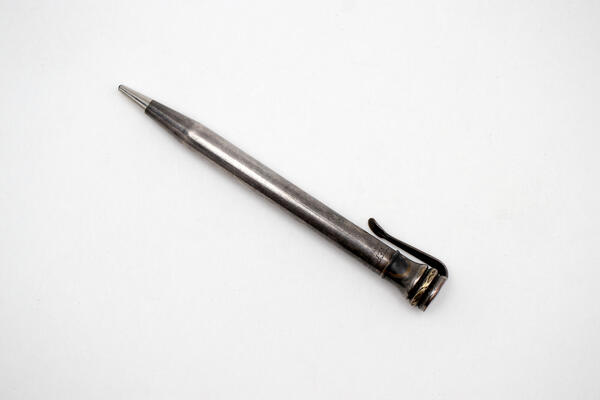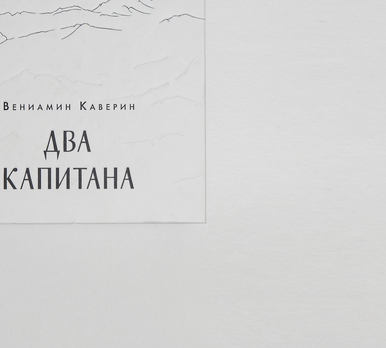This mechanical pencil was made in the early 20th century at the Eversharp factory. Unlike the regular wooden pencil, the mechanical one did not require sharpening. The graphite rod was placed in a metal tube and could be extended to the desired length when necessary.
Eversharp was an American brand of writing supplies founded by Charles Keeran in 1913. He established the production of mechanical pencils and fountain pens. Less than half a century later, his company was acquired by the famous Parker Pen Company.
Pencils have a long and rich history. In the 13th century, people began using lead-zinc and silver rod or wire as a writing and drawing medium. They were stored in cases and sometimes soldered to a stylus. This tool was called a “silverpoint” and was in demand among graphic artists, including the likes of Albrecht Durer and Sandro Botticelli.
In the 14th century, another type of pencil appeared — the so-called “Italian pencil”. Its core was made of black shale mudrock. Later it was made from burnt bone, ground into powder and mixed with vegetable glue. The Italian pencil is still used by some graphic and traditional artists.
The origin of the Russian word “karandash” (pencil) is connected with the Turkic “karadas”, which translates to “black stone”. Graphite pencils appeared in the 16th century. Their story began with English shepherds accidentally discovering a deposit of an unknown black mineral. They decided that it was a new kind of coal or lead, however it would neither burn nor melt.
Shepherds started marking their sheep with graphite, as it easily left traces. Some time later, it was made into thin sticks for drawing by clamping the graphite between two boards, wrapping it with threads and leather twine to make it easier to hold. Soon graphite was already freely available for sale in stores, and the so-called “Paris pencil” made of soot mixed with white clay appeared in France.
The first pencil factory appeared in Germany in 1719. Soon, the German Kaspar Faber, a former carpenter, who later founded the famous Faber-Castell company, took up the production of pencils. When making pencils, he used the same English “shepherd” graphite and mixed it with clay, soot, starch and water.
The Koh-i-Noor Hardtmuth company came up with the modern design of the pencil. In Russia, the production of graphite pencils was organized by Mikhail Vasilyevich Lomonosov.




